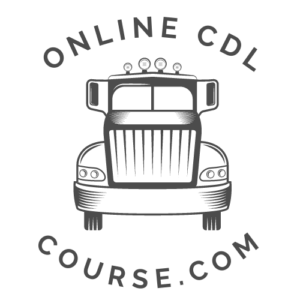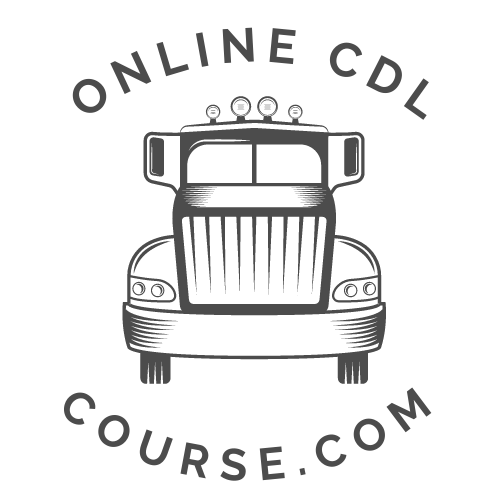Did you know the American Trucking Association states that the United States has over 3 million professional truck drivers? A truck driving career can be a lucrative option for the right person.
You will be doing valuable work and helping enrich the lives of others by getting goods and products where they need to go. But, before you become a truck driver, you must get your CDL.
In 2023 getting your commercial driver’s license (CDL) requires more than passing a written and driving test. In order to prepare to obtain your CDL, it’s first necessary to understand the entire CDL licensing process.
That includes taking online and behind-the-wheel training. In this blog post, we’ll cover how to get ready for your CDL driving test so that you can get on the road as soon as possible.
Do Your Research
The first step in preparing for your CDL driving test is to do some research. Ensure that you understand what type of vehicle will be used during the actual exam and what types of questions may be asked on your written exam.
Additionally, familiarize yourself with the laws and regulations regarding trucking in your state. Knowing what is expected of a commercial driver ahead of time can help ease any anxiety leading up to your testing date.
In addition to that, it can help to research various training courses online and in the field. For example, finding the proper CDL course can equip you with the knowledge to better prepare for the test. Researching the best-ranked CDL school and reading reviews can help you pinpoint which training course may be right for you.
Practice Makes Perfect
Once you have done some basic research, it’s time to start training. Completing an online course that covers all of the theory behind ELDT (Entry Level Driver Training) is a requirement. Depending on your state, this can be done either through a third party or at a local community college.
This course will cover topics such as defensive driving, vehicle maintenance, and emergency procedures. An excellent tip to follow is to take practice tests online for your CDL driving test.
Once you have completed the online training portion, it is time to move on to step two: getting behind the wheel of a truck and putting all of your knowledge into practice.
The best way to do this is to find a qualified instructor near your home. You want an instructor who can provide one-on-one guidance to prepare you for the practical aspects of being a commercial driver.
During this part of the process, an instructor will take you out on public roads. They want to simulate real-life scenarios that could come up while driving a truck. After completing your hands-on training with an instructor, they will provide you with feedback on how well-prepared you are for your upcoming CDL driving test.
You should also practice backing up and parking in tight spaces—these maneuvers are fundamental when taking a CDL road test. Finally, ensure you can identify important parts of a truck to answer any questions related to those parts during the test.
The Difference Between a Class A and Class B CDL
As you continue to prepare for your CDL driving test, it’s important to understand the difference between Class A and B Commercial Driver Licenses.
Class A CDL
The class A commercial driver’s license (CDL) is the most common type of license for truck drivers who drive large semi-trucks. It allows you to operate any size combination of vehicles with single or multiple trailers up to 80,000 pounds gross vehicle weight (GVW). That includes straight trucks, tankers, double trailers, and more.
Class B CDL
A class B commercial driver’s license (CDL) is for those who want to drive a truck with a gross vehicle weight rating (GVWR) of over 26,000 pounds, such as a straight truck, or a truck towing a trailer of less than 10,000 pounds. This type of license also permits you to drive buses with over 16 passengers. In addition to that, you can drive school buses that are used for transporting students from one location to another. Driving passenger vehicles and school buses requires endorsements on your CDL.
Take Your Test
After you have successfully completed both parts of the training required by your state, it is time to schedule and take your CDL driving test. On the day of your test, knowing what to bring is essential.
You want to ensure you bring all necessary documents, such as proof of identity, proof of insurance, and any other paperwork required by local laws or regulations.
Depending on where you live, additional documents may be needed before taking a CDL driving test, such as medical certification papers or drug testing records. You want to have these items ready beforehand so that there aren’t any surprises on the day of your exam.
Once the exam starts, an examiner will evaluate how well-prepared you are by asking questions about traffic rules and regulations.
They will also have you demonstrate various tasks related to operating a commercial vehicle safely. If you successfully pass both portions of the exam (written and practical), then congratulations, you are now licensed to drive commercially in most states.
Are You Ready for Your CDL Driving Test?
Taking a CDL driving test doesn’t have to be stressful if you prepare properly beforehand. Researching laws and regulations related to trucking in your area is essential. Additionally, ensuring you have all necessary documents taken care of before taking the exam will provide an easy process when it comes time for testing day.
Finding a CDL school and practicing with an experienced instructor will give you added confidence, especially regarding testing conditions. Finally, attending ELDT training and knowing what parts to identify on a truck makes it much easier to identify them during the examination.
With these tips in mind, anyone can confidently prepare for their commercial driver’s license test. If you need help, contact us today to get started with ELDT training.









